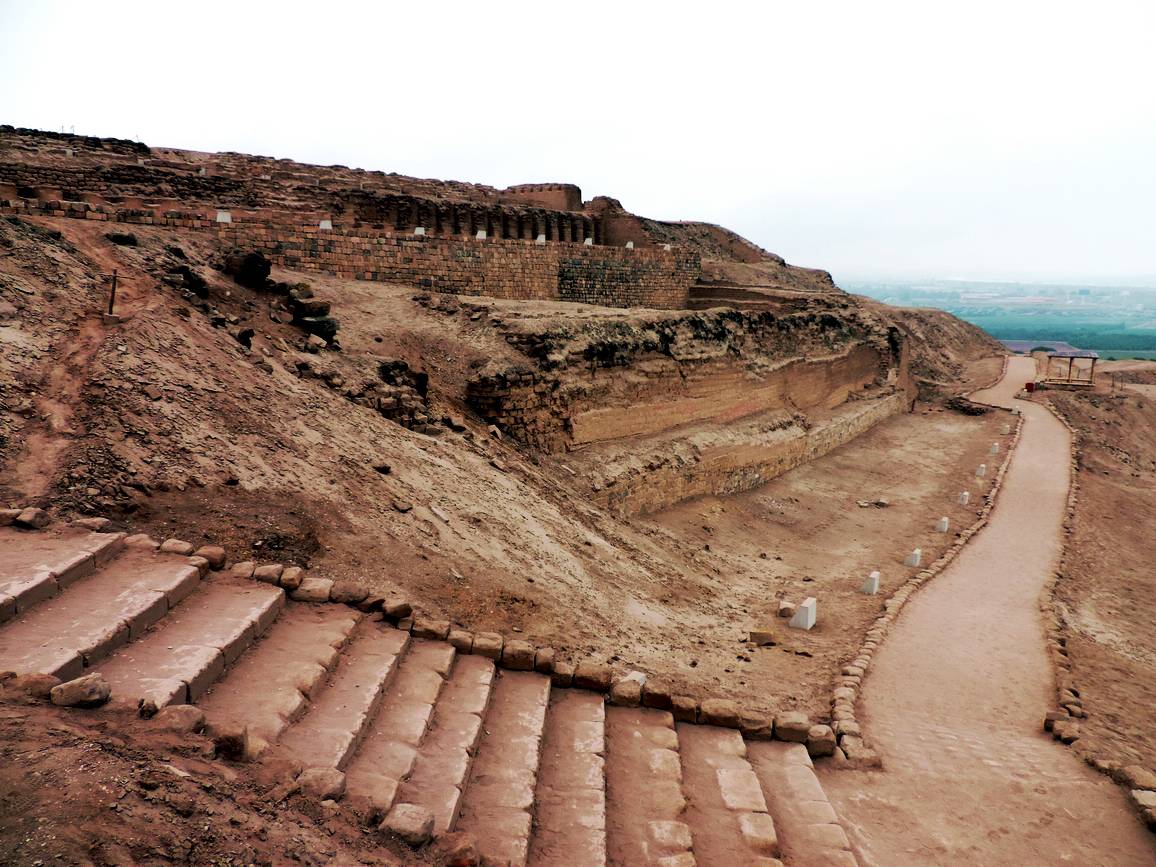Summary
Pachacamac is a historical and archaeological site located on the Pacific coast of Peru, about 40 kilometers southeast of Lima. The site was named after the god Pachacamac, who was considered the creator of the universe by the ancient Andean people. The site served as a major ceremonial and pilgrimage center for various civilizations for over a thousand years, from around AD 200 to 1533, when it was taken over by the Spanish. Today, Pachacamac remains an important cultural and historical site, offering valuable insights into the religious practices, architecture, and societal structures of the ancient civilizations that inhabited it.
Get your dose of History via Email
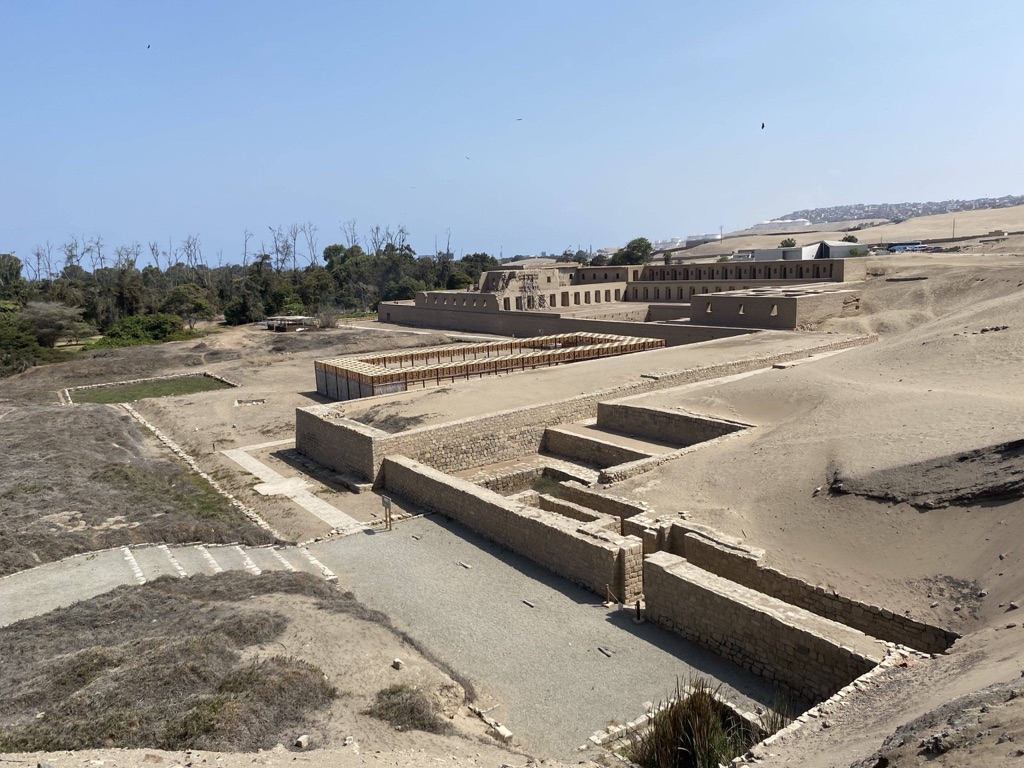
What is the historical significance of Pachacamac and what civilizations have inhabited it?
The historical significance of Pachacamac lies in its long-standing role as a religious and ceremonial center for various ancient civilizations. The site was first inhabited by the Lima culture, who built the original temple to the god Pachacamac. Later, the Wari culture expanded the site, adding their own structures and temples. The site reached its peak under the Inca Empire, who recognized the importance of Pachacamac and incorporated it into their own religious system.
Despite being conquered by the Inca, the site maintained its local religious significance. The Inca allowed the local priests to continue their worship of Pachacamac, demonstrating a degree of religious tolerance. This blending of religious practices is evident in the architecture and artifacts found at the site.
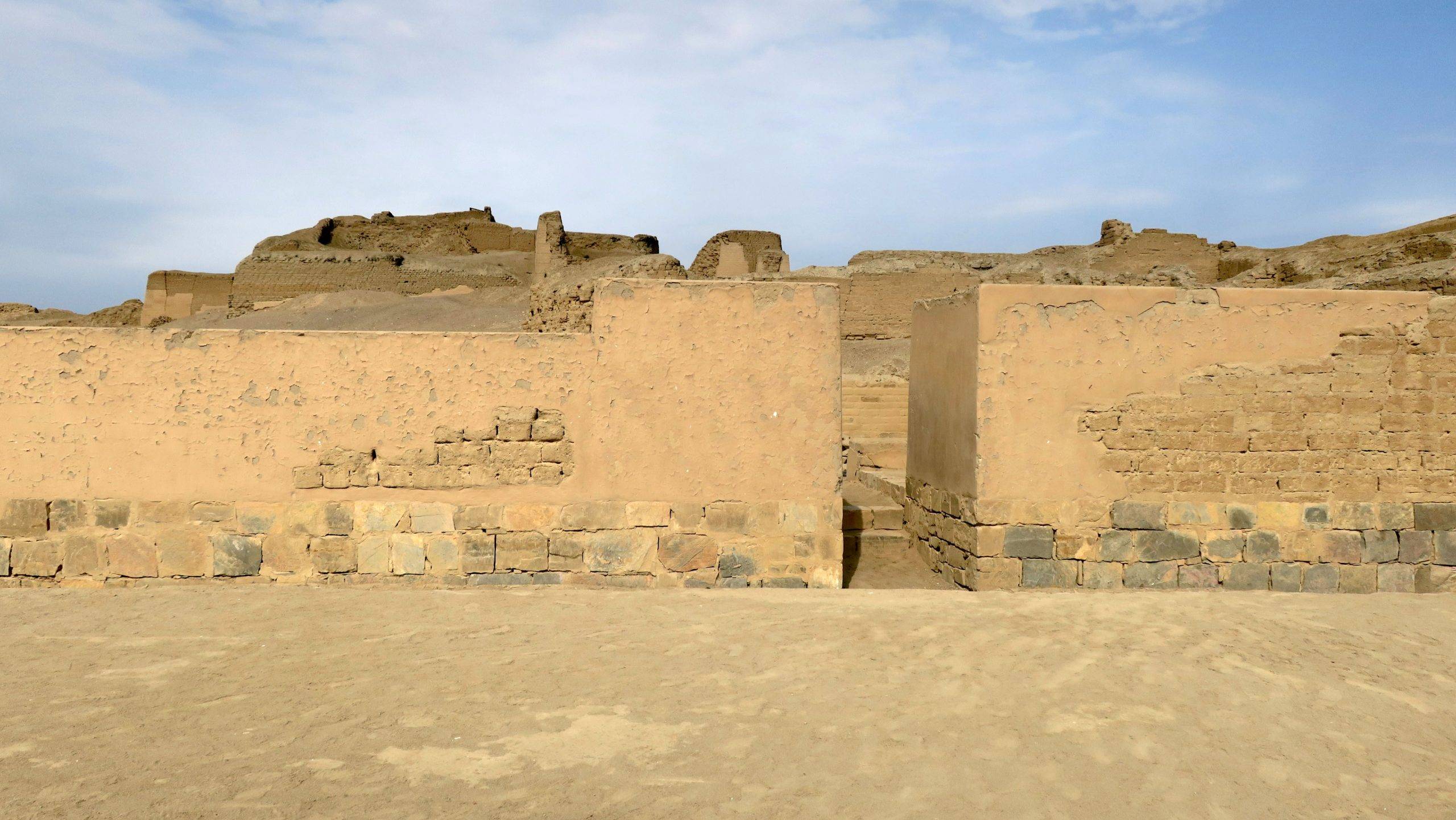
When the Spanish arrived in 1533, they found a thriving pilgrimage center. The Spanish, however, viewed the worship of Pachacamac as idolatry and destroyed many of the site’s structures. Despite this, the site’s historical and cultural significance has endured, making it a valuable resource for understanding the complex history of pre-Columbian Peru.
Today, Pachacamac is recognized as a UNESCO World Heritage Site, and ongoing archaeological work continues to reveal new insights into the civilizations that inhabited it.
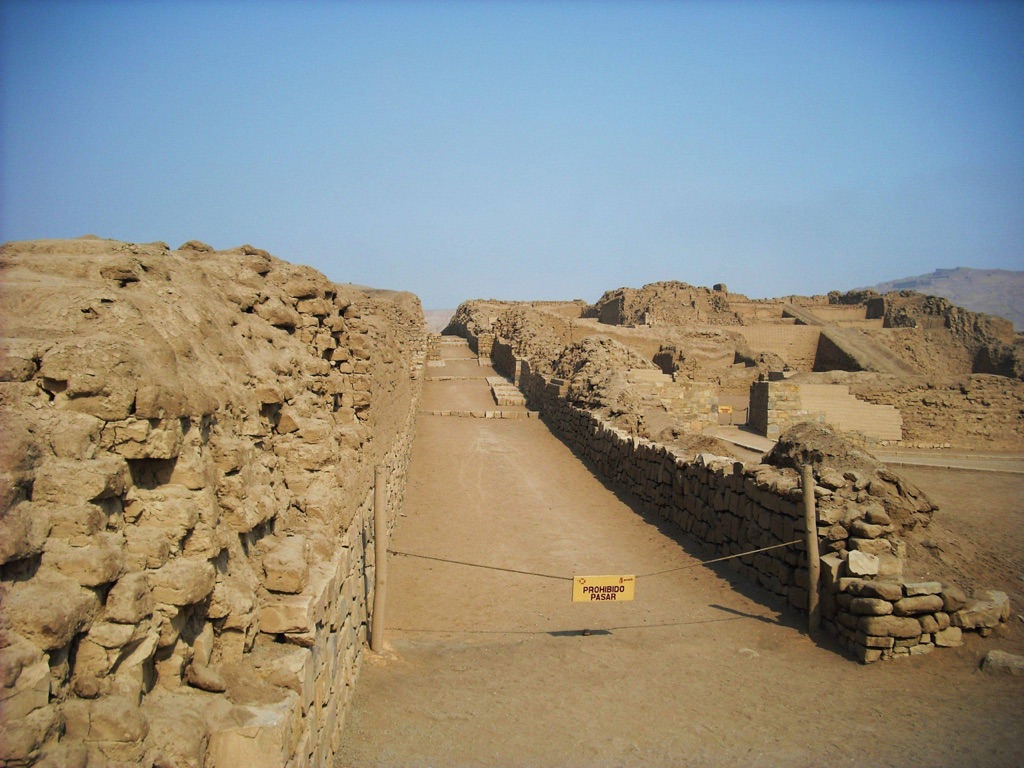
What are some of the key archaeological discoveries that have been made at Pachacamac?
Over the years, numerous archaeological discoveries have been made at Pachacamac, shedding light on the cultures that inhabited the site. One of the most significant finds is the Painted Temple, a large adobe structure decorated with murals depicting fish, birds, and other sea creatures, reflecting the importance of the sea in the religious beliefs of the Lima culture.
Another important discovery is the Taurichumpi wall, a massive defensive structure built by the Wari culture. This wall, along with other Wari structures, suggests that Pachacamac was not only a religious center but also a significant political and military hub.
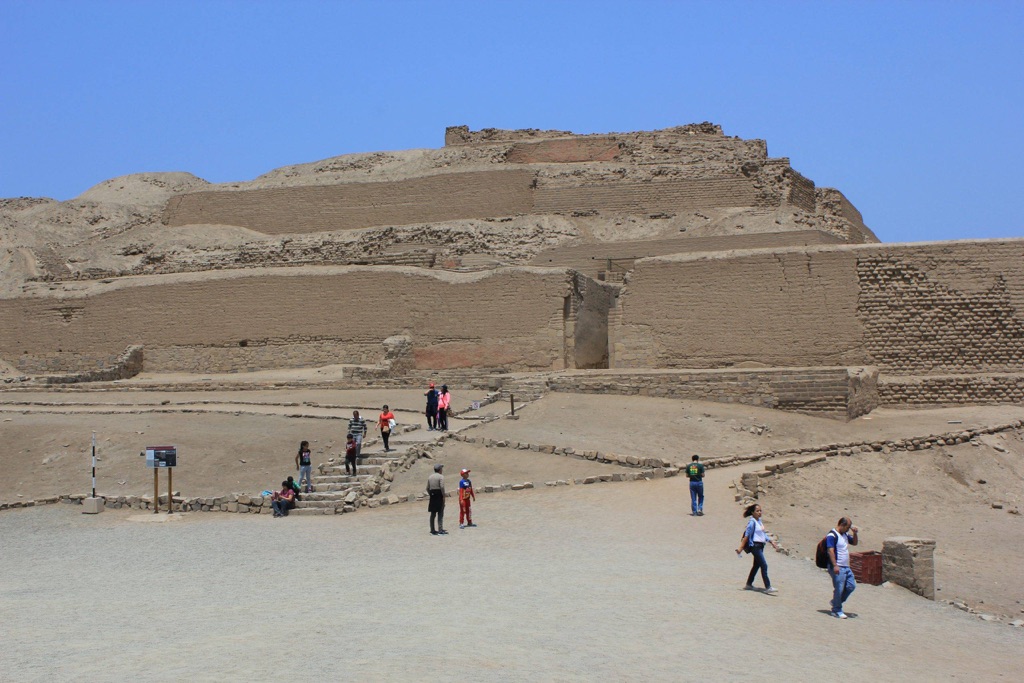
Perhaps the most famous discovery at Pachacamac is the Pachacamac Idol, a wooden statue believed to represent the god Pachacamac. Despite being damaged by the Spanish, the idol has provided valuable insights into the religious practices of the Inca and earlier cultures.
More recent excavations have uncovered a cemetery containing hundreds of mummified bodies, along with a wealth of grave goods. These finds have offered a glimpse into the beliefs about death and the afterlife held by the people of Pachacamac.
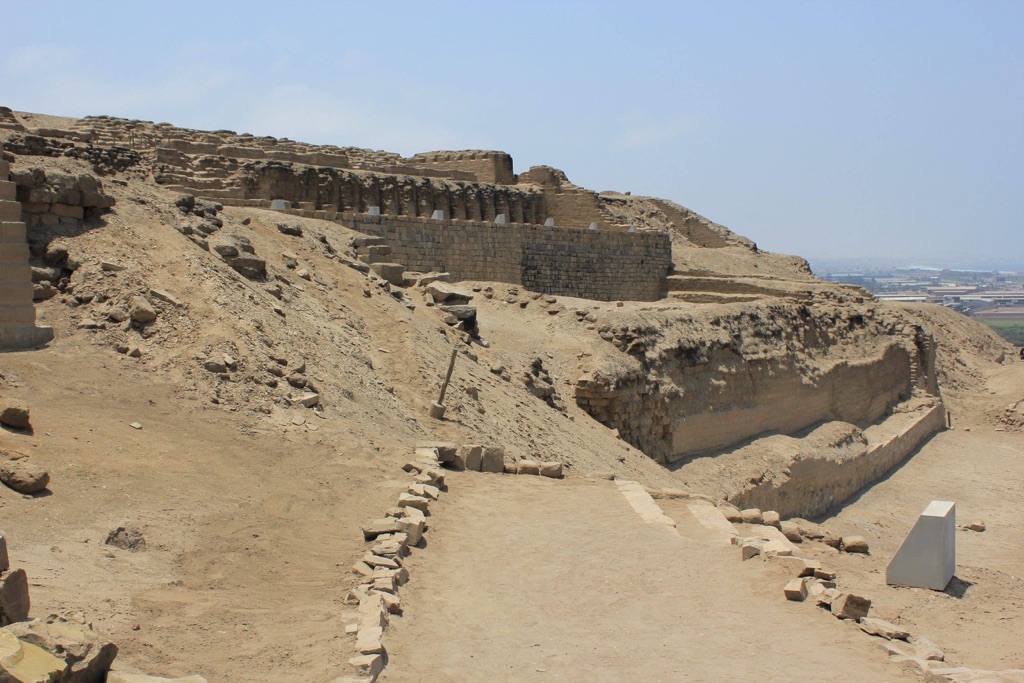
What role did Pachacamac play in the religious practices of the civilizations that inhabited it?
Pachacamac played a central role in the religious practices of the civilizations that inhabited it. The site was dedicated to the worship of the god Pachacamac, who was believed to have created the universe. The temples, pyramids, and other structures at the site were all designed for religious ceremonies and rituals.
The Lima culture, who first inhabited the site, built the original temple to Pachacamac. They believed that Pachacamac controlled the weather and the fertility of the land, and they made offerings to him to ensure good harvests and favorable weather.
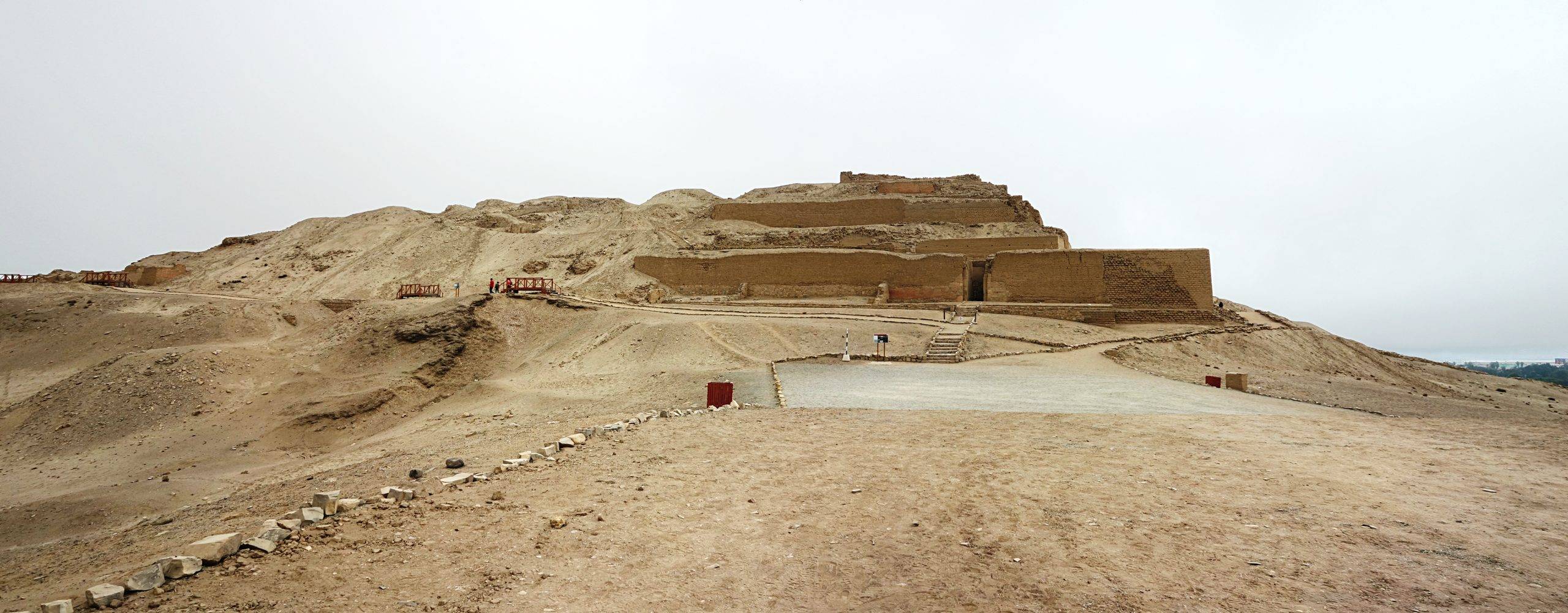
The Wari culture, who later inhabited the site, also worshipped Pachacamac, although they added their own gods and religious practices. The Inca, despite having their own pantheon of gods, recognized the importance of Pachacamac and incorporated him into their religious system.
Even after the Spanish conquest, the religious significance of Pachacamac endured. The local people continued to revere Pachacamac, and the site remained a place of pilgrimage until the Spanish destroyed the main temple.
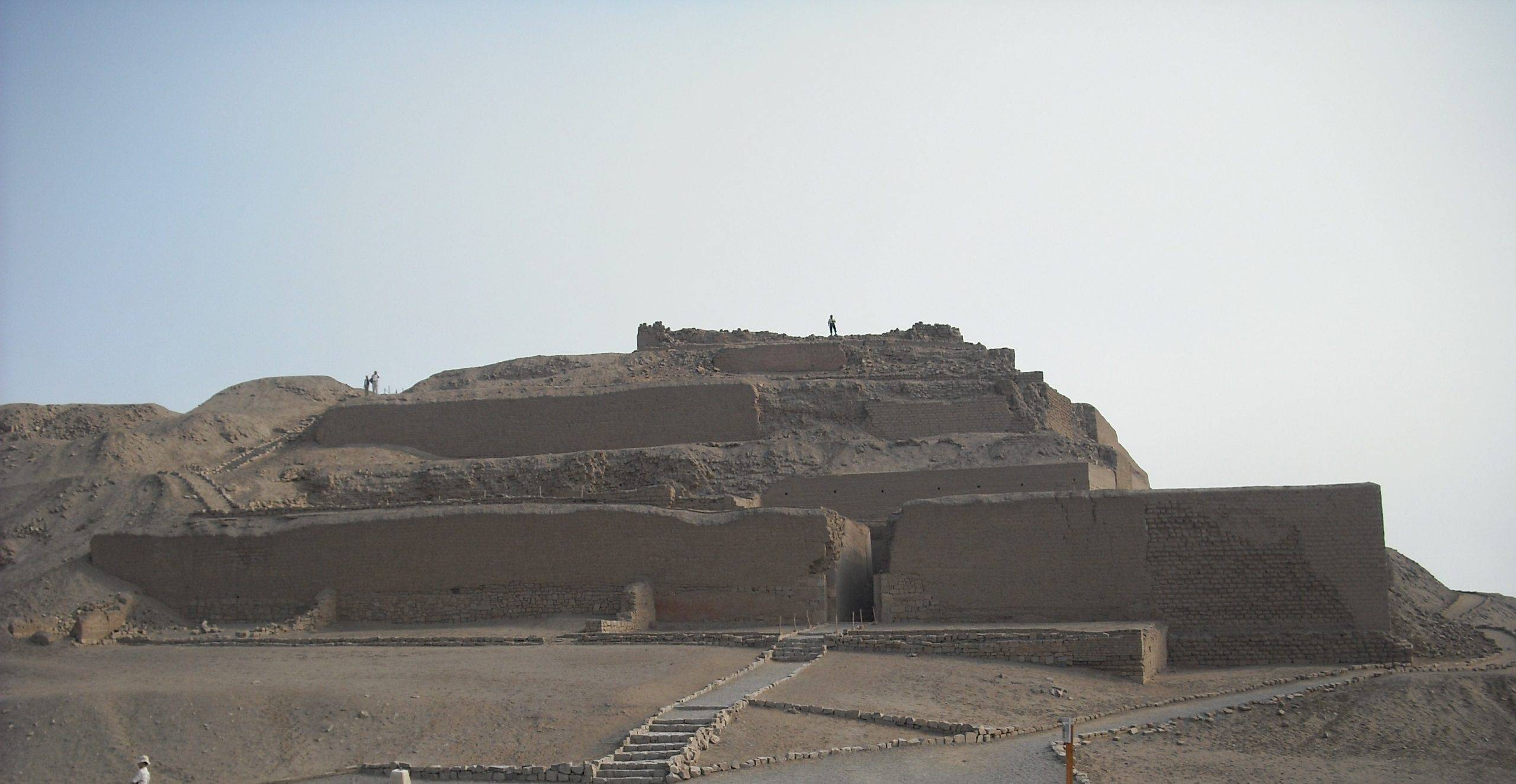
What types of artifacts have been discovered at Pachacamac and what do they tell us about the people who lived there?
A wide range of artifacts have been discovered at Pachacamac, offering valuable insights into the people who lived there. These include pottery, textiles, tools, and a wealth of grave goods found in the site’s numerous cemeteries.
The pottery found at Pachacamac is particularly notable for its quality and diversity. The styles and motifs vary widely, reflecting the different cultures that inhabited the site over the centuries. Many of the pottery pieces depict scenes from daily life, as well as religious and mythological themes, providing a glimpse into the beliefs and lifestyles of the ancient inhabitants of Pachacamac.
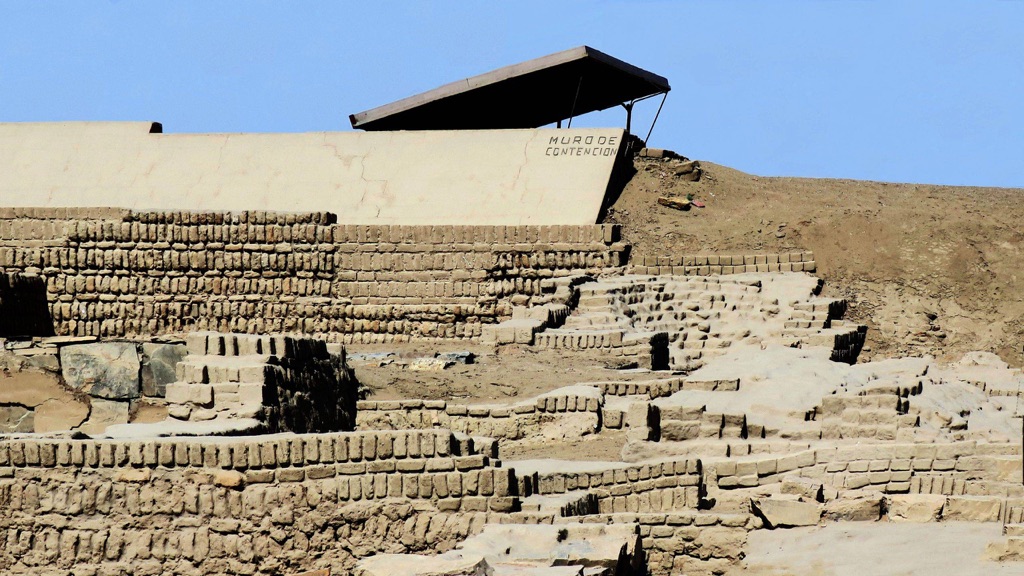
The textiles found are also of great interest. Many are finely woven and dyed in bright colors, demonstrating a high level of skill and craftsmanship. Some textiles depict complex geometric patterns, while others feature images of gods and mythical creatures.
The grave goods found at Pachacamac include a wide range of items, from everyday objects to precious metals and gemstones. These goods were buried with the dead as offerings to the gods and are believed to have been intended for use in the afterlife.
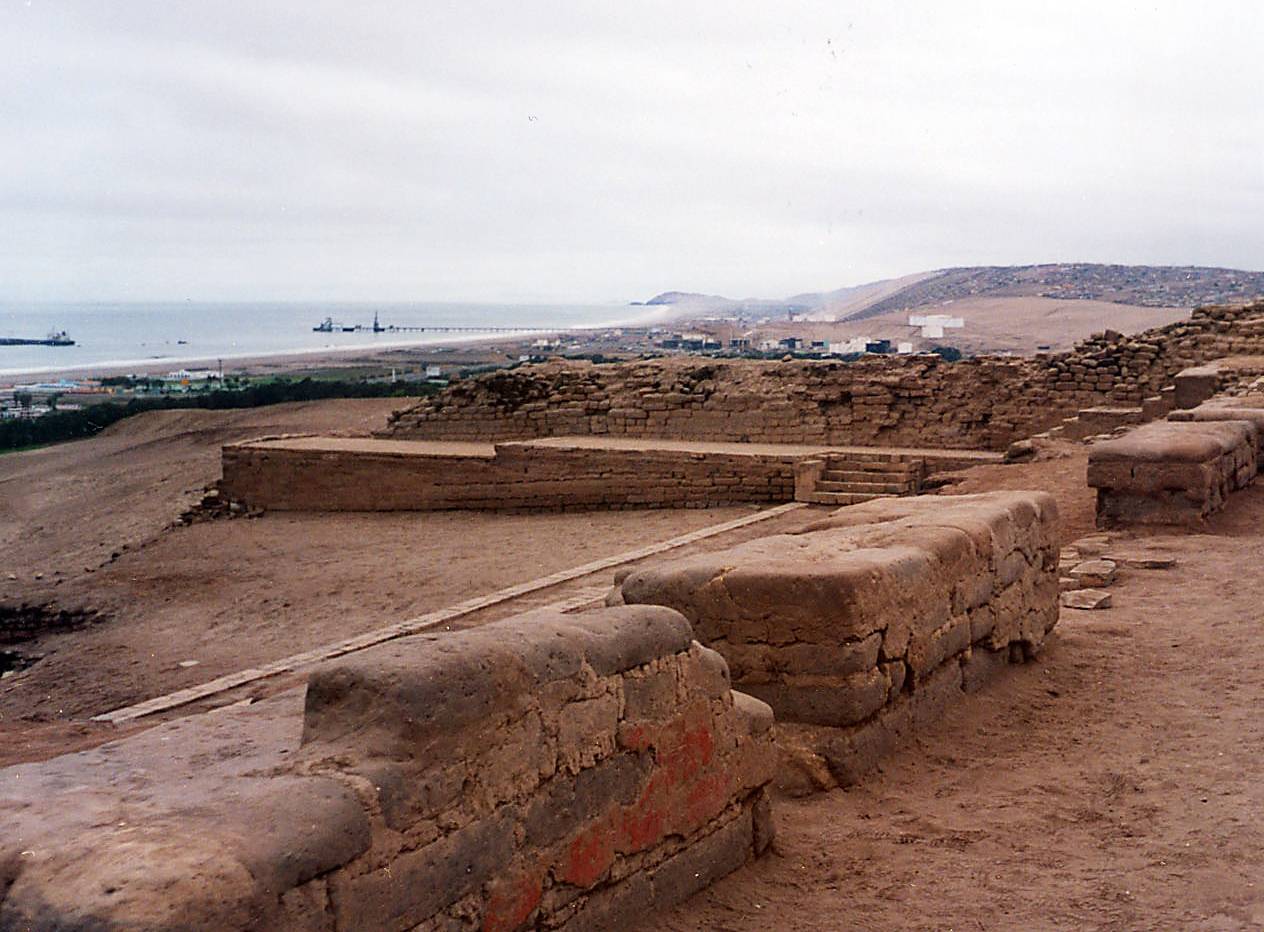
Conclusion and Sources
In conclusion, Pachacamac is a site of immense historical and cultural significance. Its long history as a religious and ceremonial center, the variety of cultures that inhabited it, and the wealth of archaeological discoveries made there all contribute to its importance. Pachacamac offers a unique window into the past, providing valuable insights into the beliefs, practices, and lifestyles of the ancient civilizations of Peru.
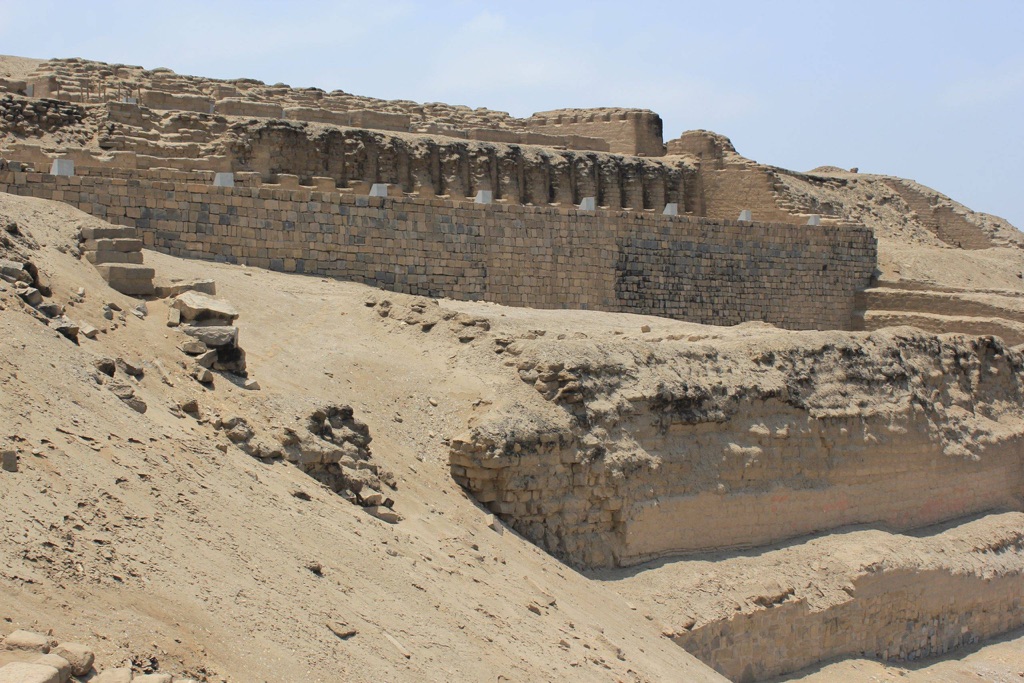
- For further reading and to validate the information presented in this article, the following sources are recommended:

